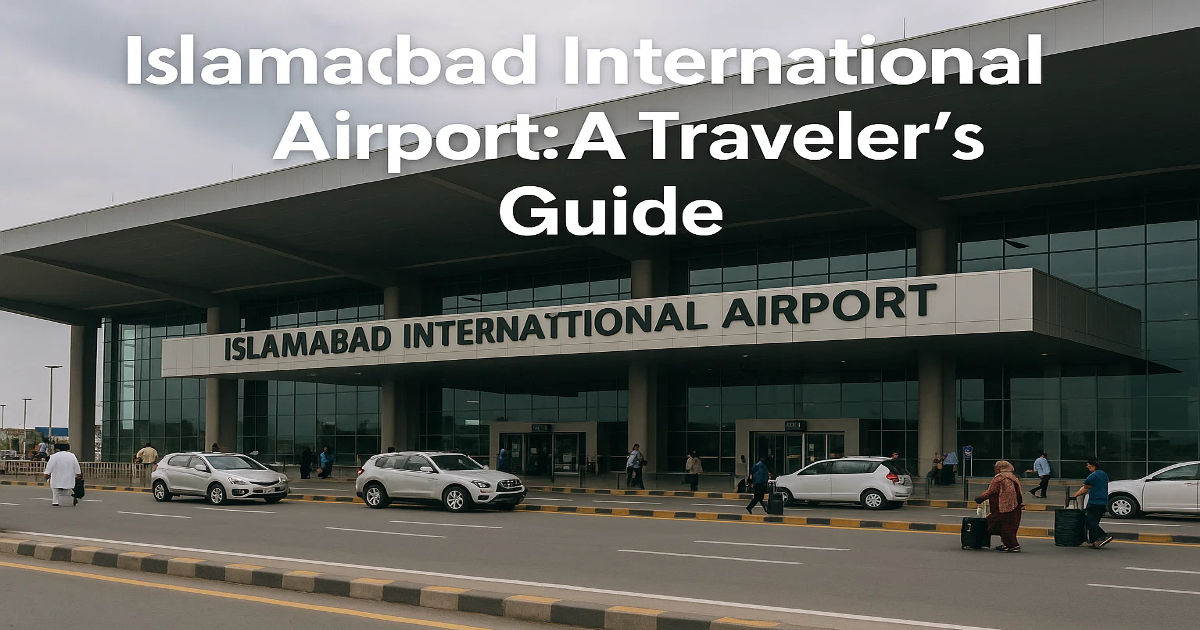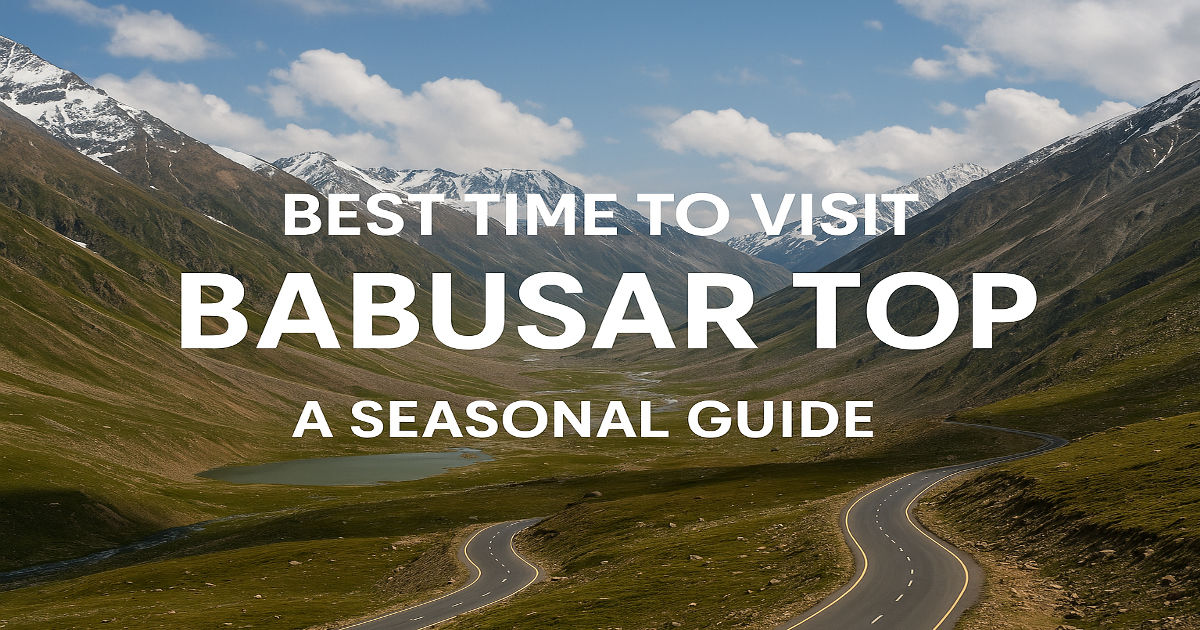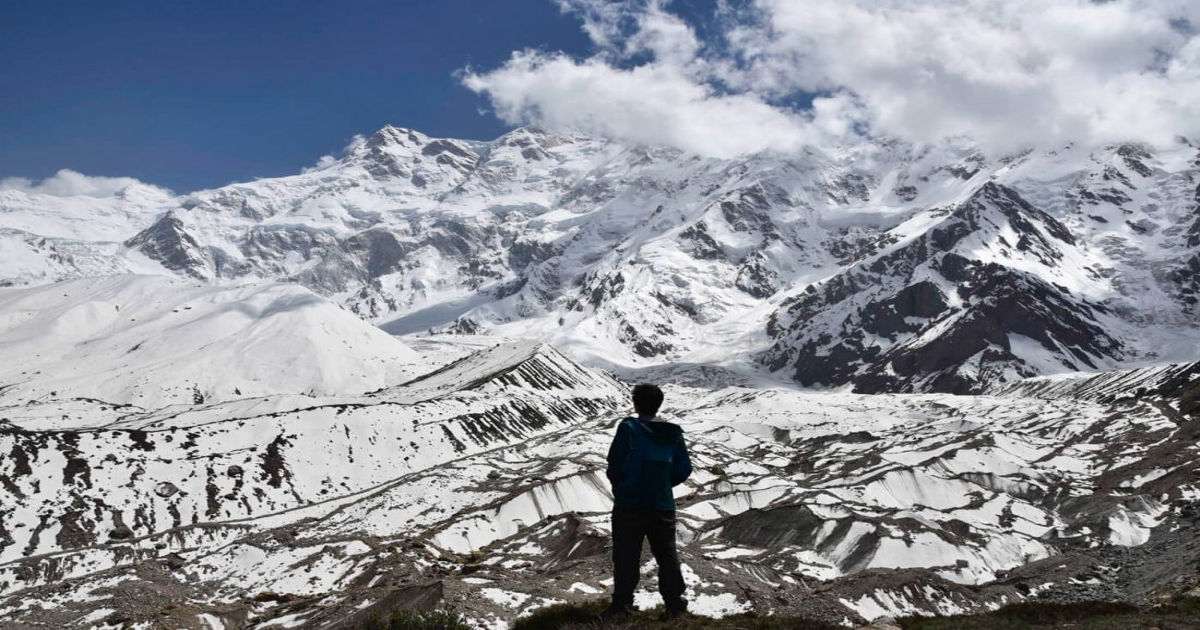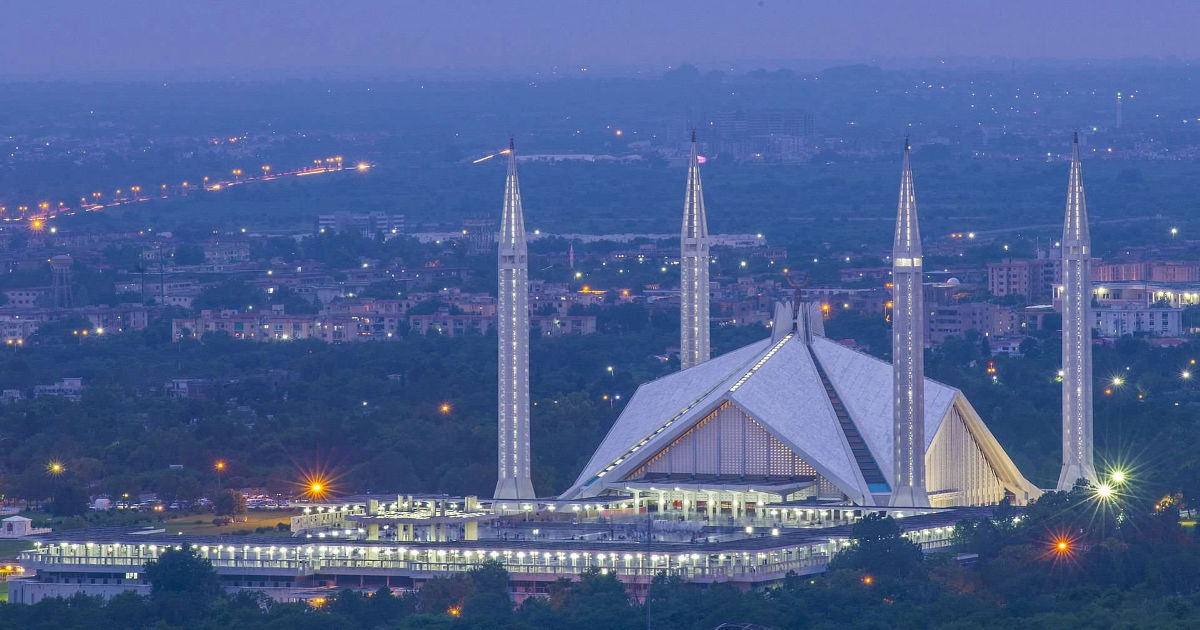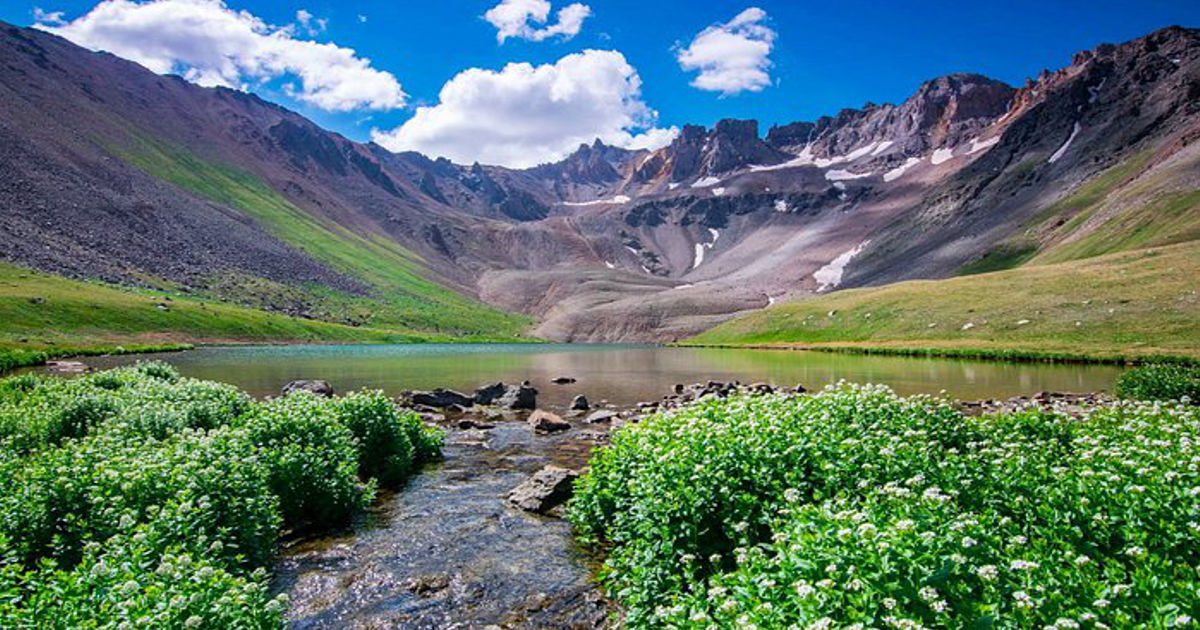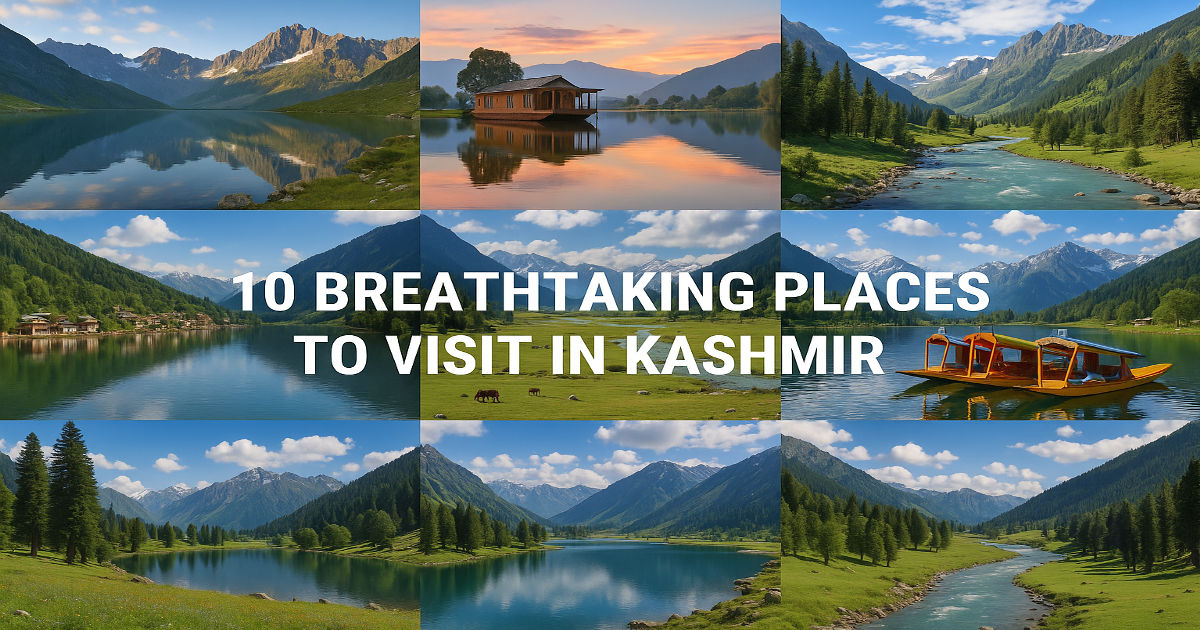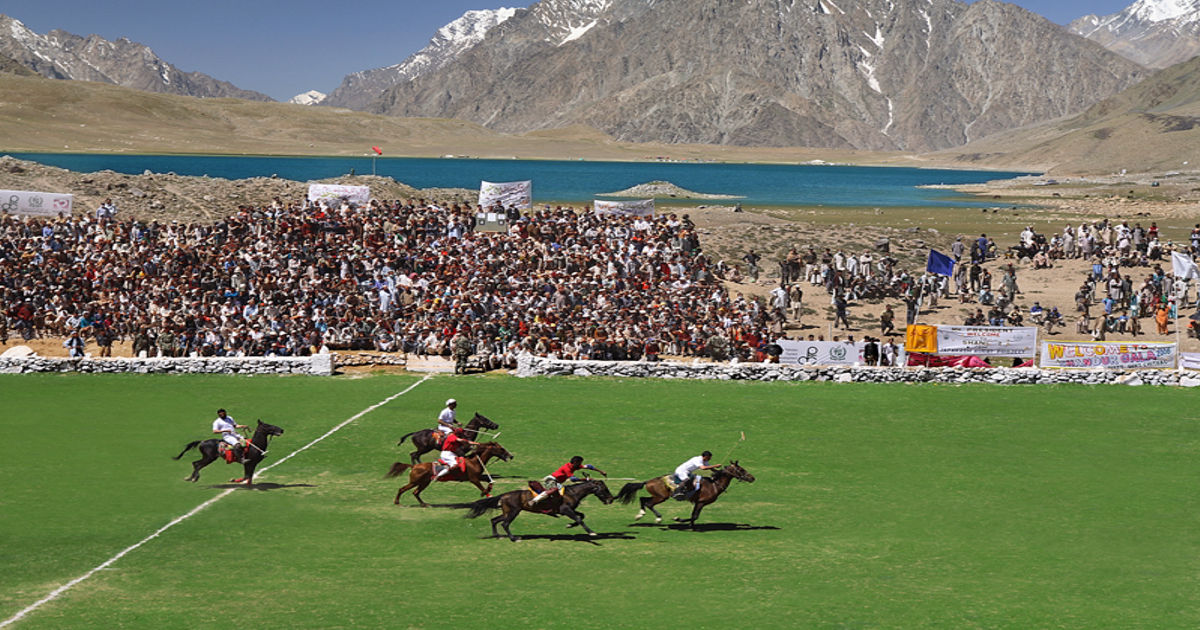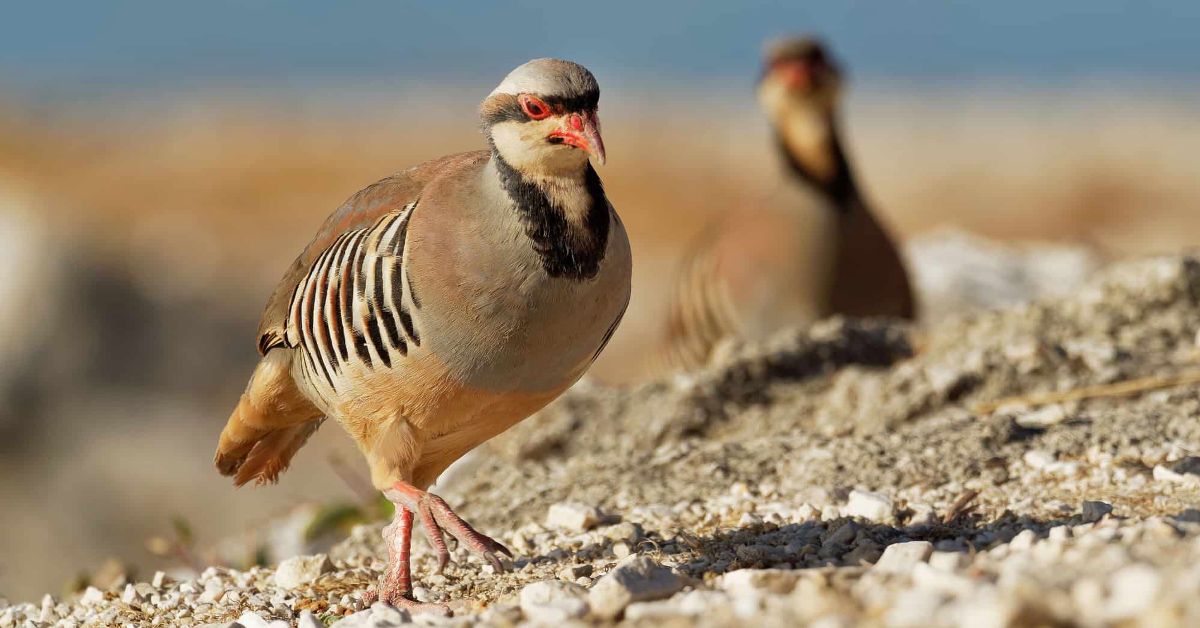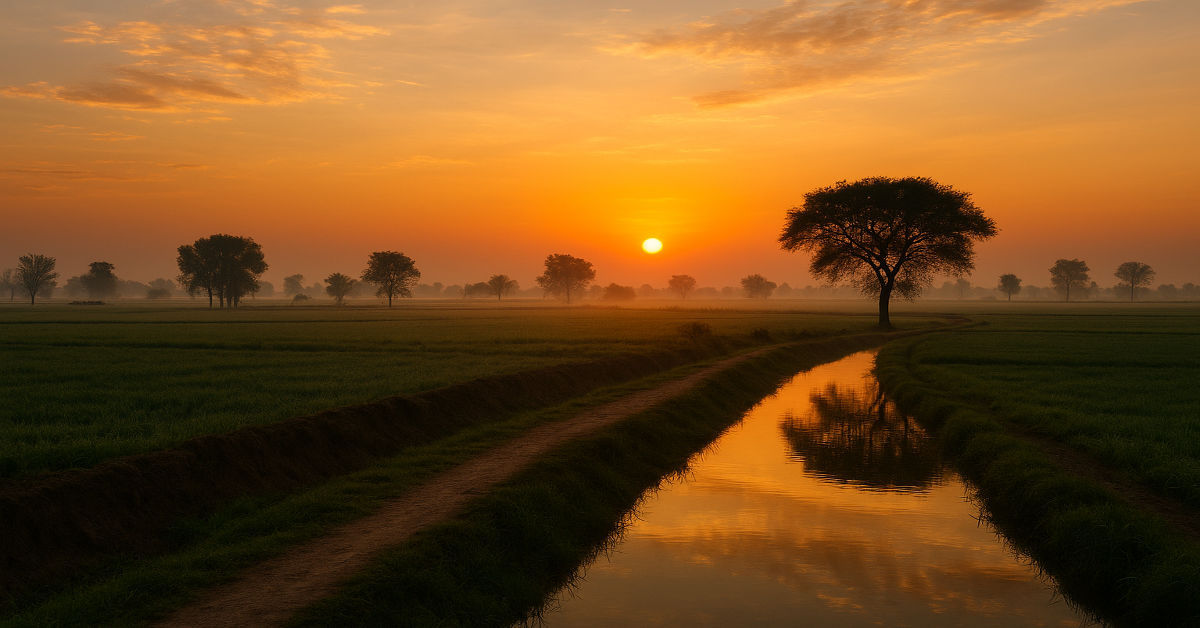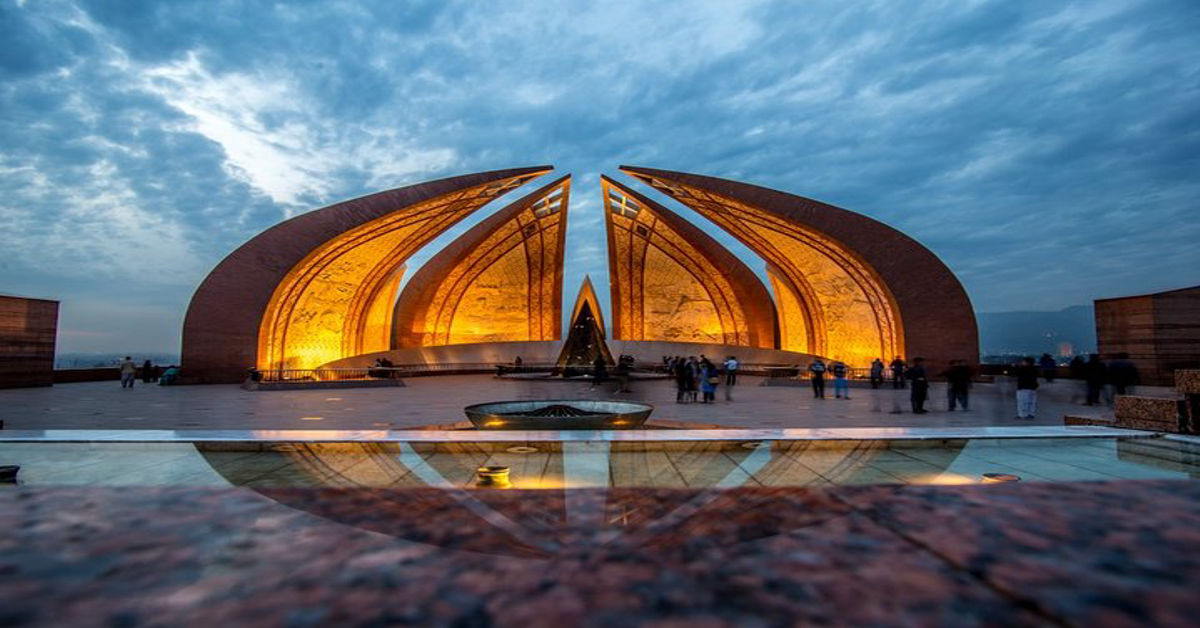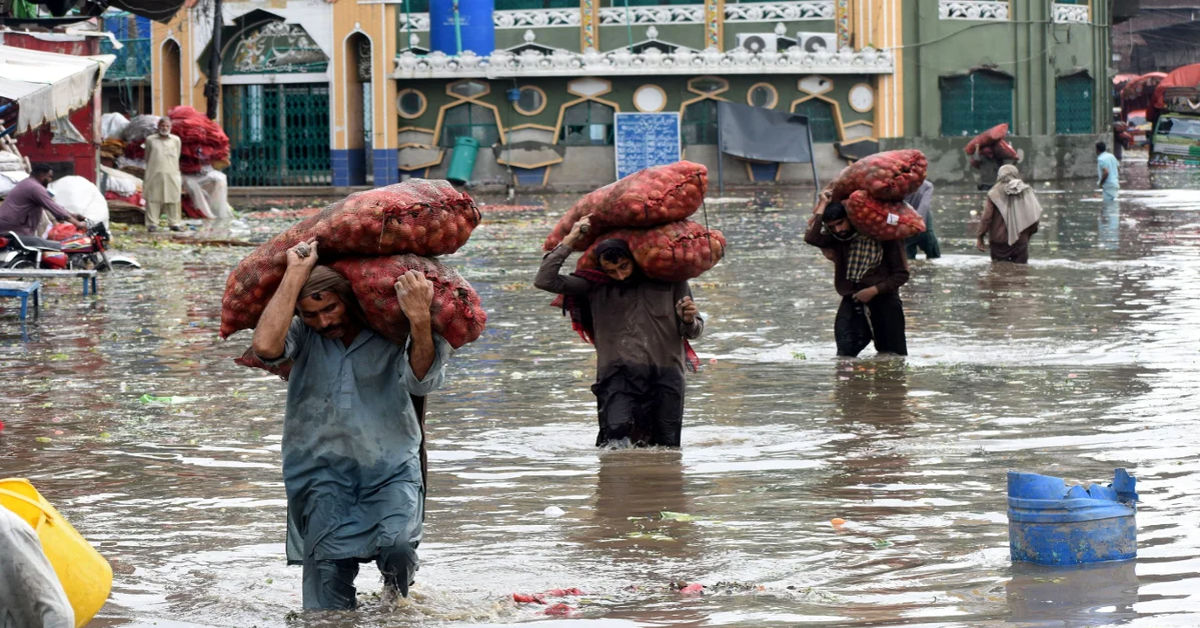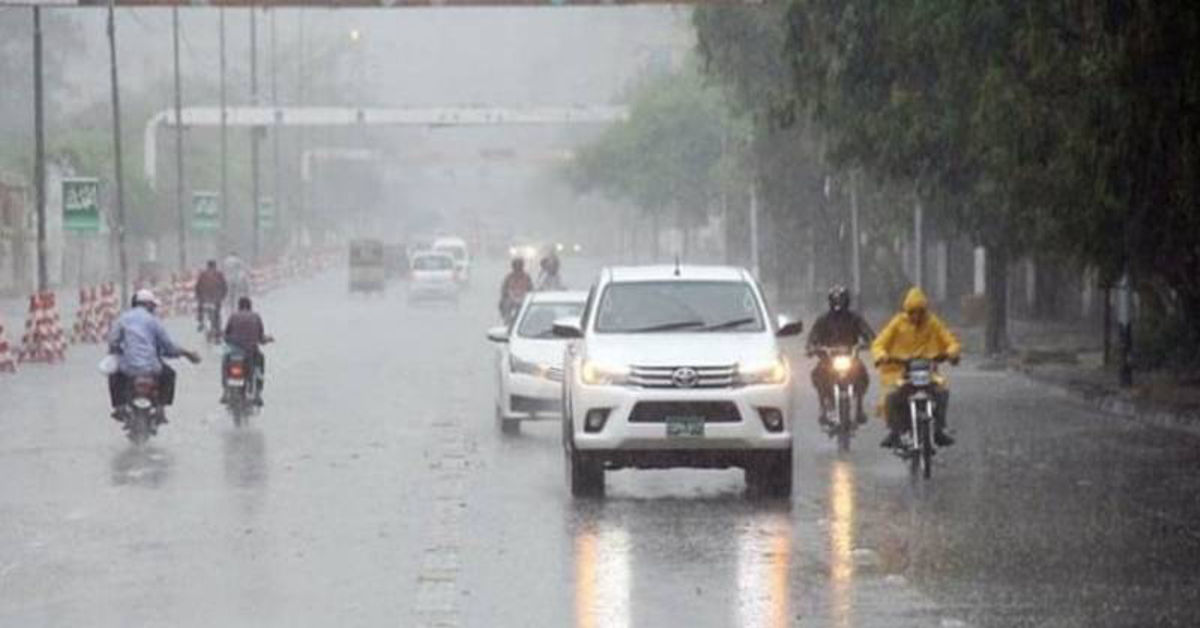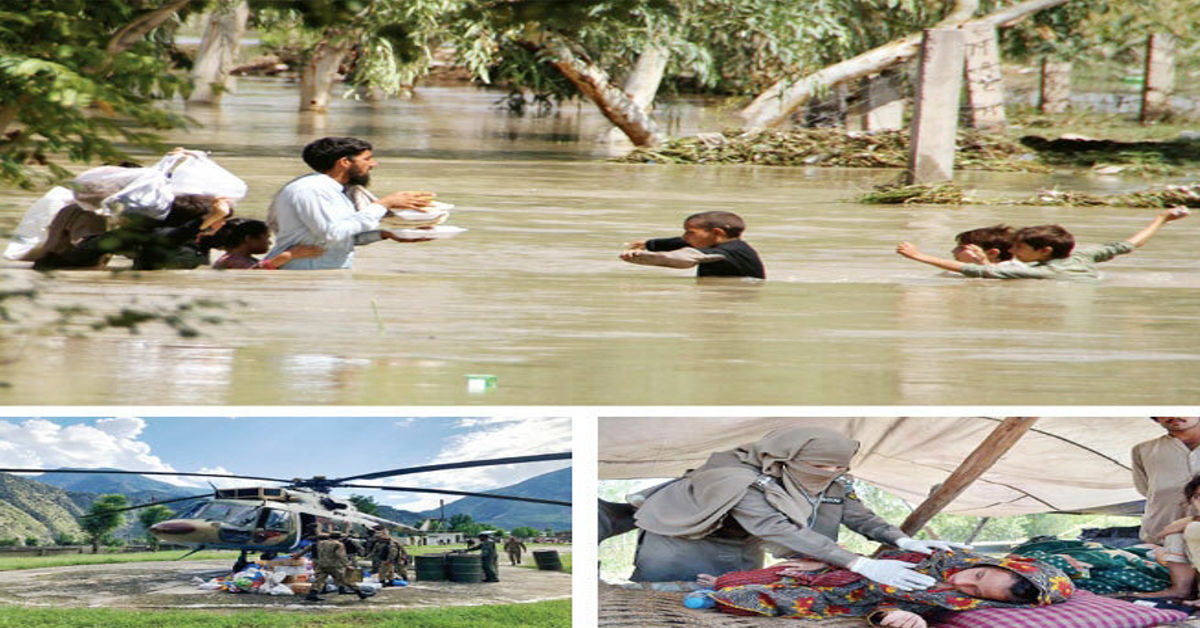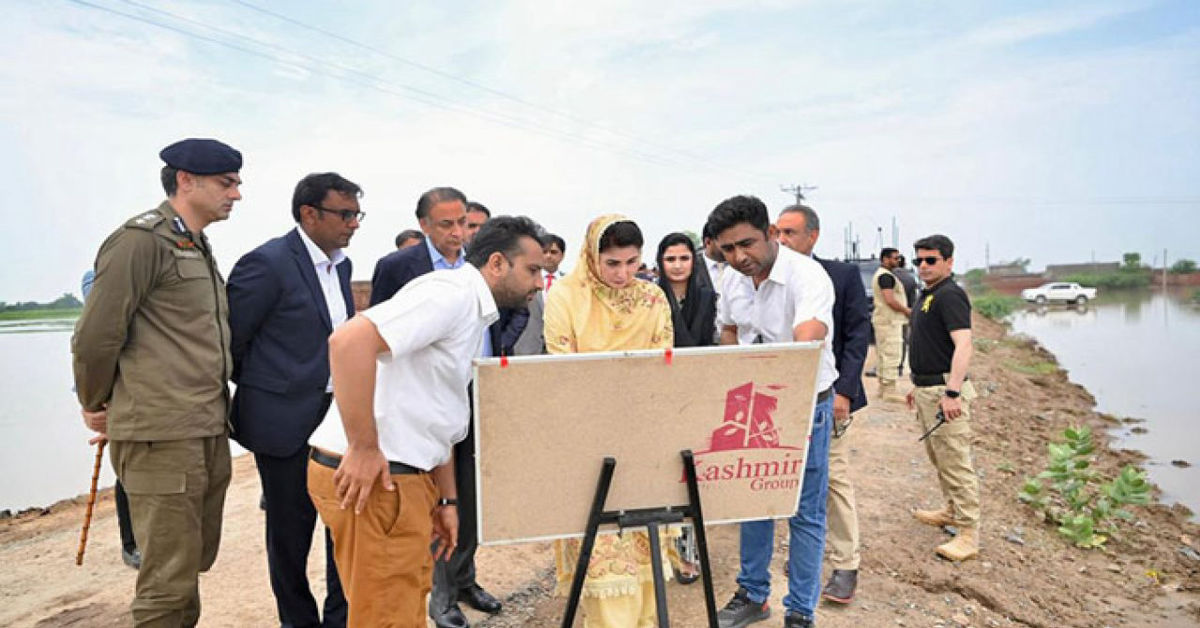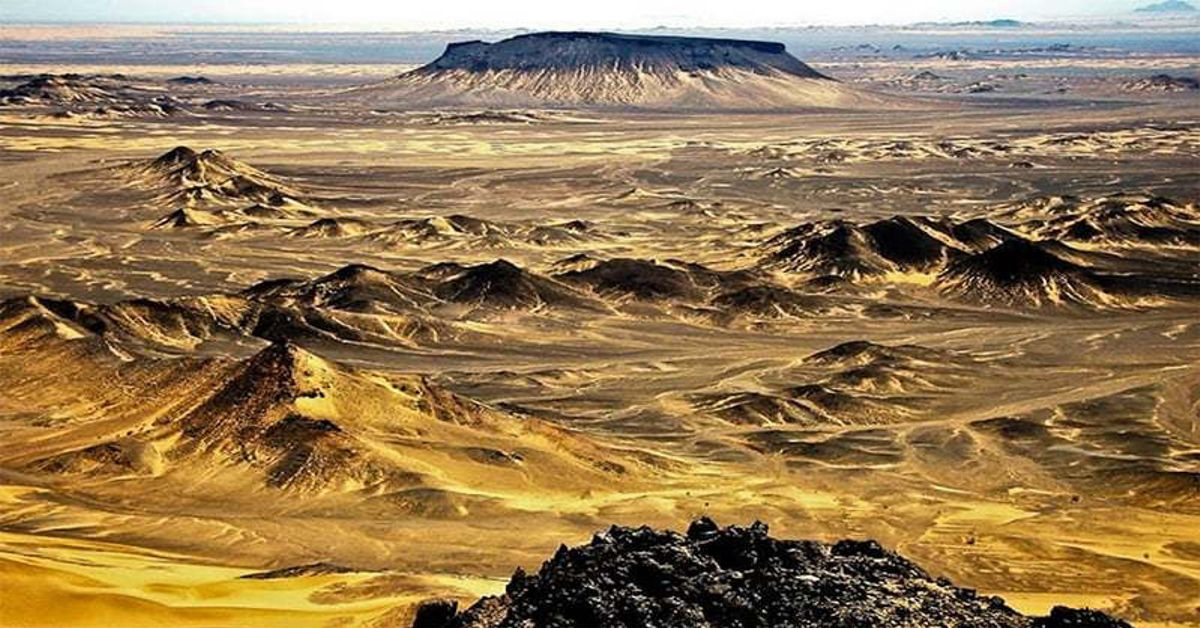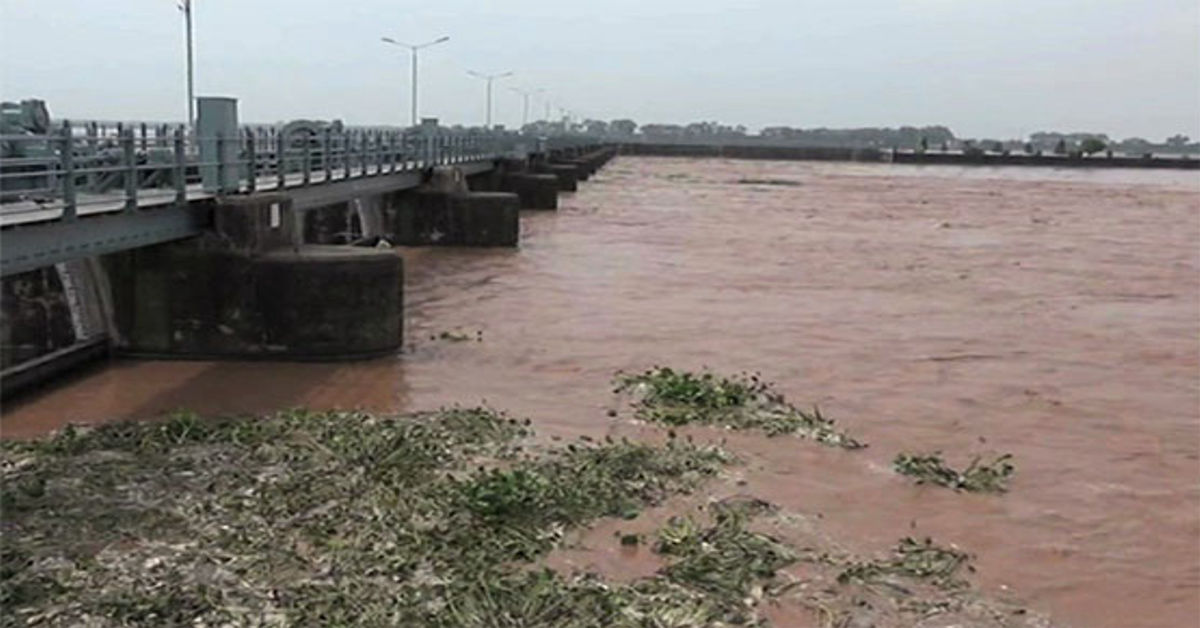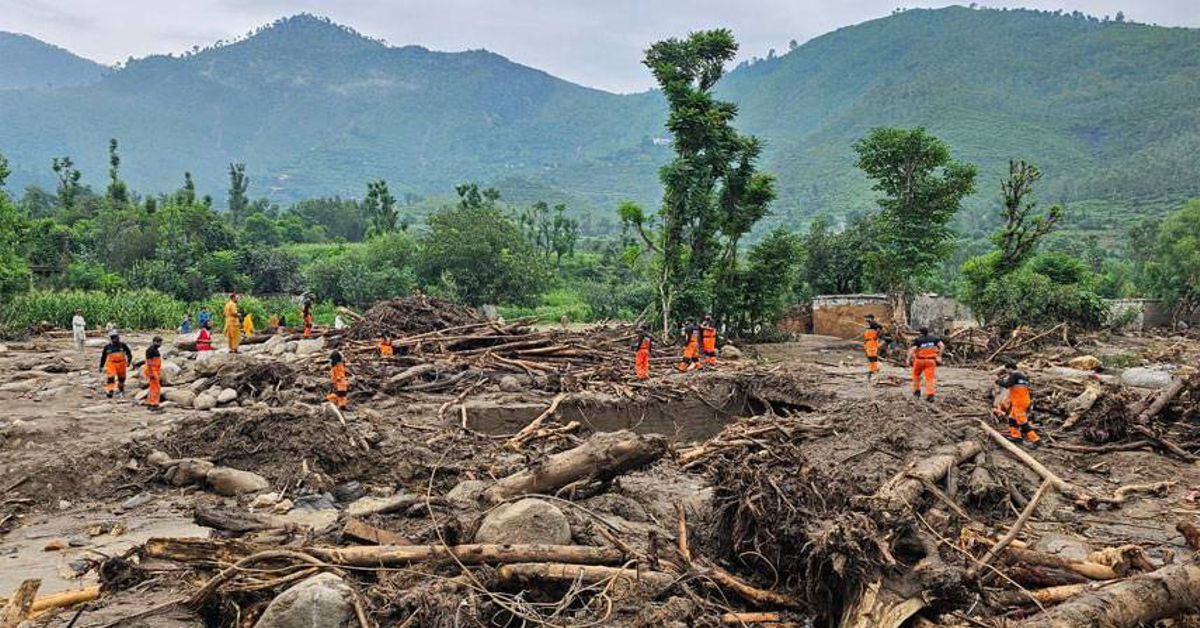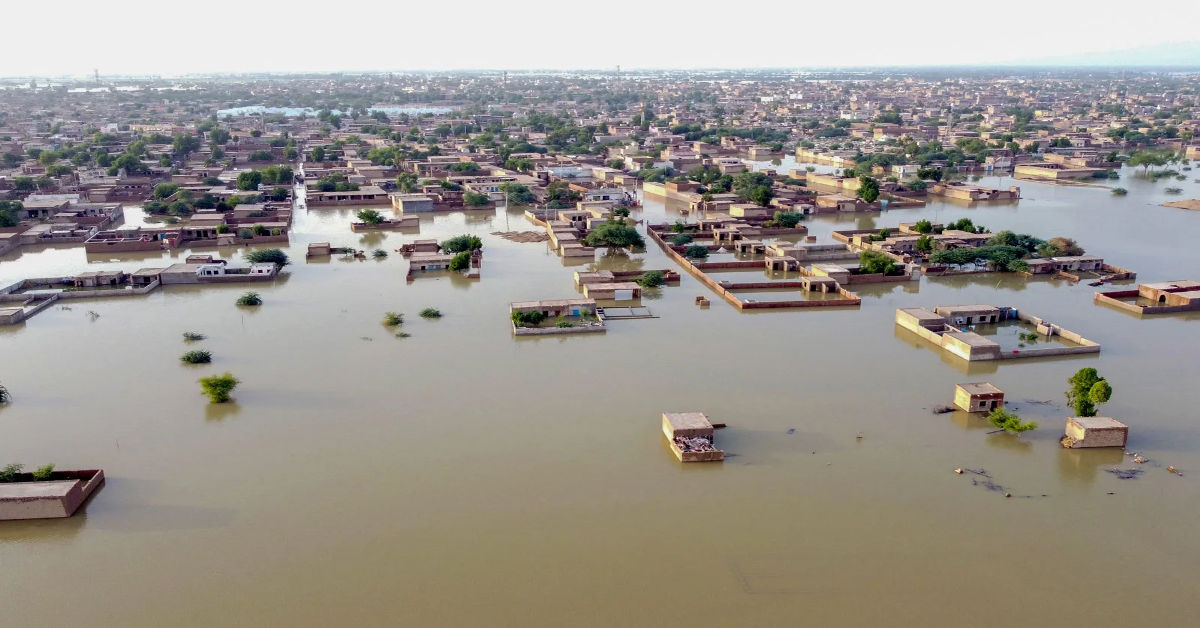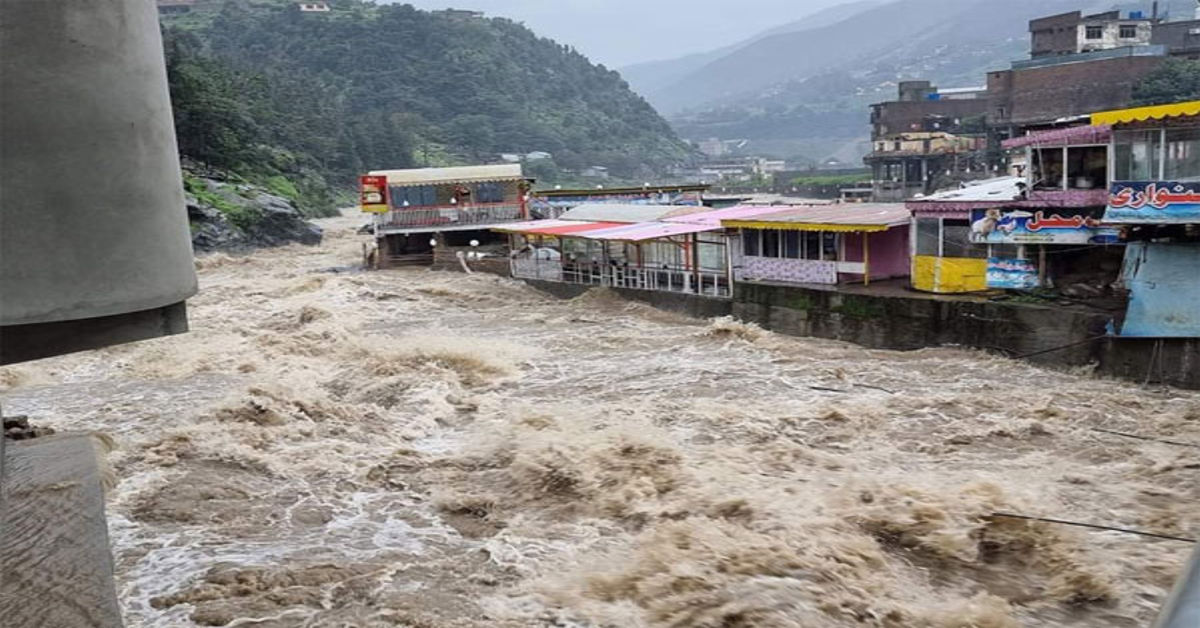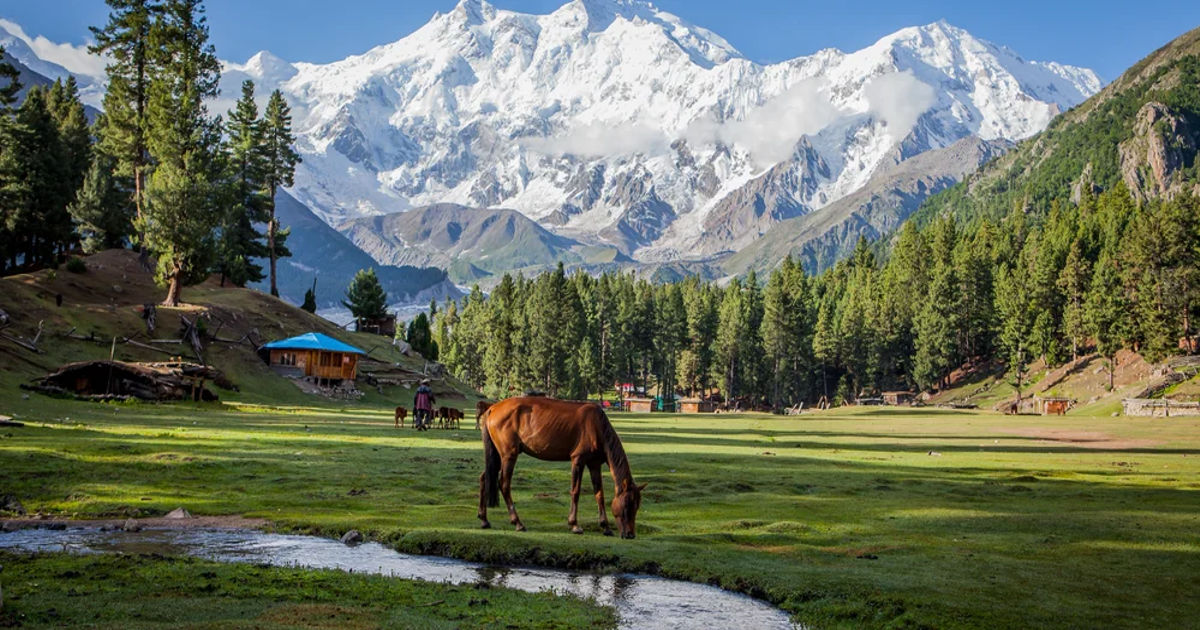
Here’s your practical guide, packed with researched expertise on transport, weather, permits, hiking trails, camping. And responsible tourism so your experience at Fairy Meadows, Pakistan is both magical and sustainable.
Nestled at the base of Nanga Parbat, the world’s ninth-highest mountain, a lush green plateau waits to awe every traveler with its surreal beauty. This alpine meadow, famous for its sweeping views and wildflower-studded pastures, is high on the bucket list for anyone passionate about adventure, hiking, and landscape photography. Reaching it isn’t just a trip it’s a true journey into the heart of Northern Pakistan’s natural wonders. Where every stage introduces you to the region’s rich culture, unique mountain ecology, and unforgettable scenery. As someone who has guided groups and written for Pakistan’s National Tourism Board, my firsthand experience gives you the confidence to tackle this journey safely. Throughout, I’ve cross-referenced trekking details and safety information with both the Alpine Club of Pakistan. And local guide associations based in Gilgit, ensuring accuracy and practicality for travelers.
The Epic Journey to a Hidden Paradise
Getting to Fairy Meadows is an adventure on its own, and a great story to tell. It all begins with the legendary Karakoram Highway (KKH), often called the Eighth Wonder of the World [Source: Lonely Planet, 2023 Edition]. Most travelers start their journey from Gilgit, traveling 80 kilometers along this historic highway to reach Raikot Bridge. At this point, you’ll transition from paved road to rugged mountain track. Board a sturdy 4×4 jeep driven by experienced local guides licensed by the Gilgit Jeep Association and brace yourself for a heart-pounding 90-minute ride up the narrow, winding jeep track. Dramatic gorges, pine forests, and the rush of the Indus River unfolding far below highlight this section. The ride ends at Tatu Village, a small, friendly settlement at an altitude ideal for acclimatization, where your next adventure begins.
For safety, all jeeps are required to have two drivers and radios, and routes are checked by local authorities after rainfall or landslides, adding assurance for travelers.
The Hike from Tatu Village

After you’ve stretched your legs at Tatu Village, gear up for a moderately challenging trek to the meadows. Local guides (many trained and certified under the Pakistan Adventure Federation) agree the trail, which reaches almost 3,300 meters (10,800 feet), is best tackled early in the morning for cooler temperatures and brilliant light. Hiring a porter or even a pony is a practical option if you’re carrying heavy camping gear always support local families who rely on this work.
The route rewards hikers with panoramic views of Nanga Parbat’s snowy slopes, fresh mountain air, and the peaceful sounds of alpine nature. As the forest thins, the meadow emerges, showcasing that iconic expanse Fairy Meadows Pakistan framed by jagged peaks and the looming presence of the “Killer Mountain.”
Arriving at Nanga Parbat’s Doorstep
The arrival at Fairy Meadows is unforgettable. Imagine a sea of emerald grass dotted with wildflowers and grazing yaks, with rustic log cabins welcoming you at the edge. The most stunning feature? Nanga Parbat’s north face, a massive wall of ice and rock, glowing gold at sunrise and fiery orange as the sun sets. As Nazir Sabir, Pakistan’s legendary mountaineer and a president of the Alpine Club, says. “Of all the mountain vistas I’ve witnessed, nothing matches the calm and grandeur of Fairy Meadows at dawn.”
Photographers, mountaineers, and backpackers from all over the world gather here, drawn by both the serenity and the thrill of being so close to an 8,125-meter giant. You’ll feel a world away from city routines, connecting instead with the simplicity of the mountains and the magic of this high-altitude sanctuary.
Best Time to Visit and Weather Conditions
Timing is everything in the mountains. The best time to visit is from late May through September, when the snow is gone. The meadows are green, and the weather is stable for trekking and camping.
- May-June: Grass is lush, alpine flowers start to bloom, and the trails are less crowded. Nights are chilly bring insulated layers for altitude weather. (Tip from local guide Rehmat Ullah: “Thermal socks and a down jacket make cool nights truly comfortable.”)
- July-August: Warmest days and peak visitor season. You’ll meet travelers from around the world. Afternoon showers and monsoon rains can occur pack a rain jacket and waterproof gear.
- September: Weather is clear, air is crisp, and autumn colors begin to appear. Quieter trails make for peaceful hikes and spectacular views.
From October to April, heavy snowfall blocks the jeep track and hike, turning the area inaccessible for most travelers due to safety risks, avalanche danger, and lack of open accommodations. These guidelines are confirmed yearly by the Gilgit-Baltistan Tourism Department.
Accommodation and Local Hospitality
Fairy Meadows offers simple but charming accommodations. You’ll find wood cabins built by local families, guesthouses registered with the Pakistan Hotels Association. And designated camping spots with views straight out of a postcard.
- Log Cabins: Run by welcoming local hosts, these cabins include beds, blankets, and shared eating areas. Booking in advance during busy months is smart verified by most reputable travel forums and tourism operators.
- Camping: Bring a tent and sleeping bag if you want to sleep under a sky full of stars. Prepare for cold nights temperatures can drop quickly at altitude.
- Dining: Meals are home-cooked and filling, often featuring local specialties like daal, sabzi, chapati, and chai. Vegetarian options are available, and all food safety practices follow local health regulations.
Meeting the hosts is a highlight. Their stories about mountain life, Nanga Parbat climbers, and local legends give you a sense of the region’s cultural richness and hospitality. Local guesthouse owner Ali Jan, who has hosted trekkers for over 15 years. Says, “Every guest leaf as a friend, carrying a memory of our mountains home.”
Activities and Treks from Fairy Meadows, Pakistan
Resting in the meadow is tempting, but adventure calls in every direction. The area is a paradise for trekking and outdoor lovers.
- Nanga Parbat Base Camp Trek: The most popular route, this all-day trek takes you over rough glacial terrain and grassy plateaus, finishing at the legendary base camp used by mountaineers. Consider hiring a guide recommended by the Alpine Club of Pakistan for safety and local insight.
- Beyal Camp: Perfect for acclimatization, this 1.5-hour walk brings you even closer to the mountain and passes bubbling streams and wildflower fields.
- Eagle’s Nest Viewpoint: Hike up early for sunrise and you’ll see panoramic views stretching all the way back to the Karakoram and Himalaya ranges.
Always travel with local guides, who know the safest trails, current weather. And can share tips about plants, wildlife (like Himalayan marmots and ibex), and altitude acclimatization.
Permits, Safety, and Practical Tips
Traveling in this part of Pakistan is subject to certain rules:
- Permits: International visitors must obtain a No Objection Certificate (NOC) before entering the Fairy Meadows and Nanga Parbat area. Licensed tour operators in Islamabad, Lahore, or Gilgit can assist. Always confirm requirements with the Gilgit-Baltistan government website before travel.
- Altitude Acclimatization: The quick gain in elevation can challenge first-timers. Drink lots of water and pace yourself on the hike. Mild headaches are common, but if you feel sick, rest and descend if needed. Refer to CDC altitude health guidance for preparation.
- Safety Tips: Don’t hike alone, especially in rapidly changing weather. Carry a map (from the local tourist office), energy snacks, a power bank, and a first aid kit. The trail can be slippery after rain.
- Best Gear: Pack for four seasons layers, gloves, sunblock, sturdy boots, and waterproof bags are essential. Local outfitters in Gilgit and Islamabad supply up-to-date trekking kits.
Practicing Responsible and Sustainable Tourism
Fairy Meadows’ fragile ecosystem depends on visitors taking responsibility. Here’s how you can help:
- Leave No Trace: Pack out all trash, avoid single-use plastics, and leave rocks, plants, and heritage sites untouched. Follow “Leave No Trace” guidelines from the International Mountain Leadership Institute.
- Respect Local Culture: Dress modestly, ask before photographing people, and support locally owned lodges and shops, as advised by the Pakistan Tourism Development Corporation.
- Conserve Resources: Use water sparingly and respect quiet hours at night. Solar-powered lights and eco-friendly soaps are appreciated here.
- Support Sustainability: Plan with environmentally conscious operators and encourage others to protect the mountains for the next generation.
Adhering to these practices builds respect and trust between visitors and the community. Ensuring Fairy Meadows remains pristine for years to come.
Conclusion
A visit to Fairy Meadows Pakistan means adventure, peace, and discovery all in one of the most visually stunning corners of the Himalayas. The thrill of the Karakoram Highway, the challenge of the hiking trails, and the calm of star-filled nights at altitude will leave you inspired. Whether you’re there for the trek to Nanga Parbat Base Camp. The chance to experience local culture, or simply to find peace among wildflowers and snowy peaks, this destination offers memories that last.
Thanks to expert tips from experienced local guides, verified authorities, and seasoned travelers alike, you can plan every step with confidence. For more details or to connect with registered operators, check resources on the official Gilgit-Baltistan government portal and seek guidance from the Alpine Club of Pakistan. Start planning, follow practical safety tips, and take each step as a chance to connect with nature, the people, and yourself.
Frequently Asked Questions (FAQs)
1. Do I need a special permit for entry?
Yes, foreign travelers must obtain an official permit (NOC), which your tour operator can arrange by registering your details with the Interior Ministry’s tourism division. Domestic tourists can visit without a special permit.
2. What is the altitude of Fairy Meadows and will I feel it?
Fairy Meadows sits at approximately 3,300 meters. Most visitors feel mild altitude effects hydrate, ascend gradually, and pace yourself. Refer to World Health Organization (WHO) guidelines on high-altitude travel for more information.
3. Is the jeep track really dangerous?
The Raikot Bridge to Tatu Village jeep track is narrow and rough, but all licensed local jeep drivers follow strict safety measures and are trained for emergency weather changes. Fatal accidents are rare due to regular road checks.
4. What’s the best transport option for getting there?
Travelers typically fly to Gilgit, take the Karakoram Highway to Raikot Bridge, then use the official jeeps to Tatu Village before hiking. Major international tour companies such as Responsible Travel and Intrepid Travel recommend this safety-first route.
5. What should I pack?
Essentials include warm layers, sturdy hiking boots, rain gear, snacks, cash (for small purchases), and a camera power can be limited in guesthouses. For an up-to-date packing checklist, consult local trekking operators or visit travel resource sites like Atlas & Boots.






